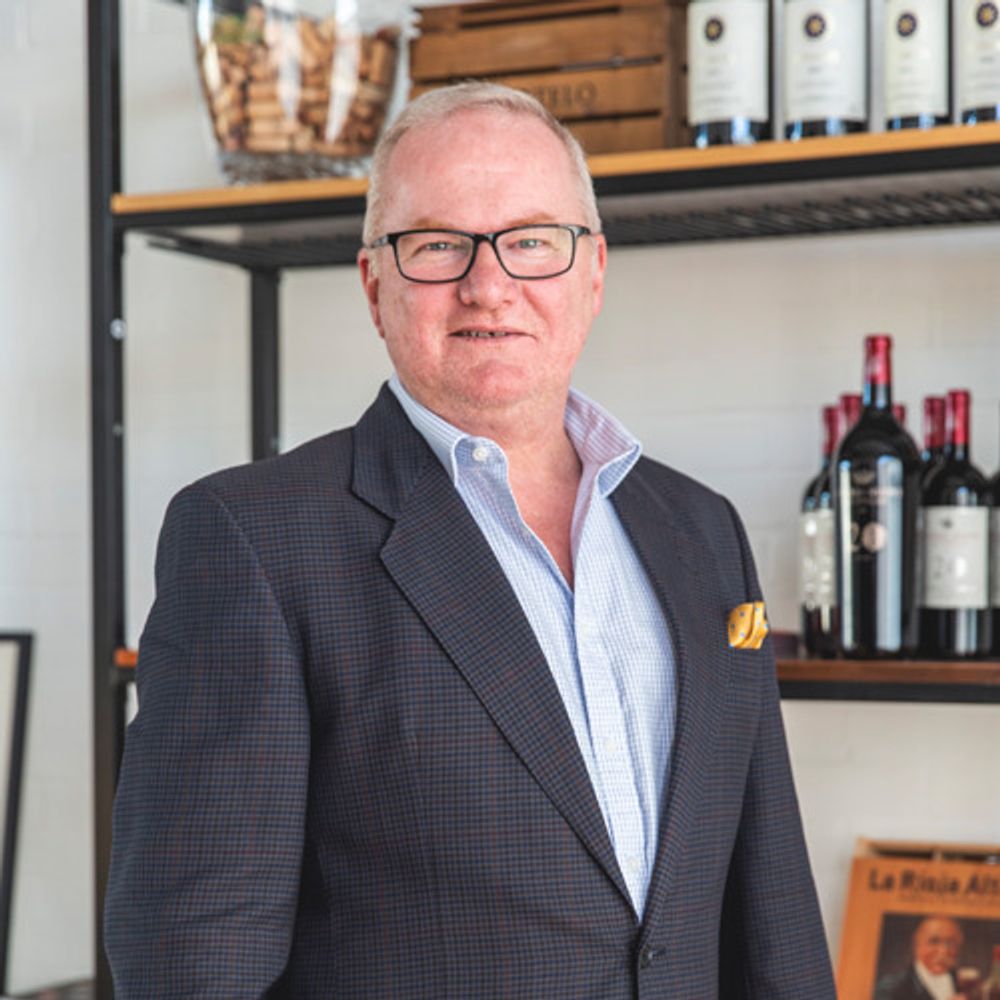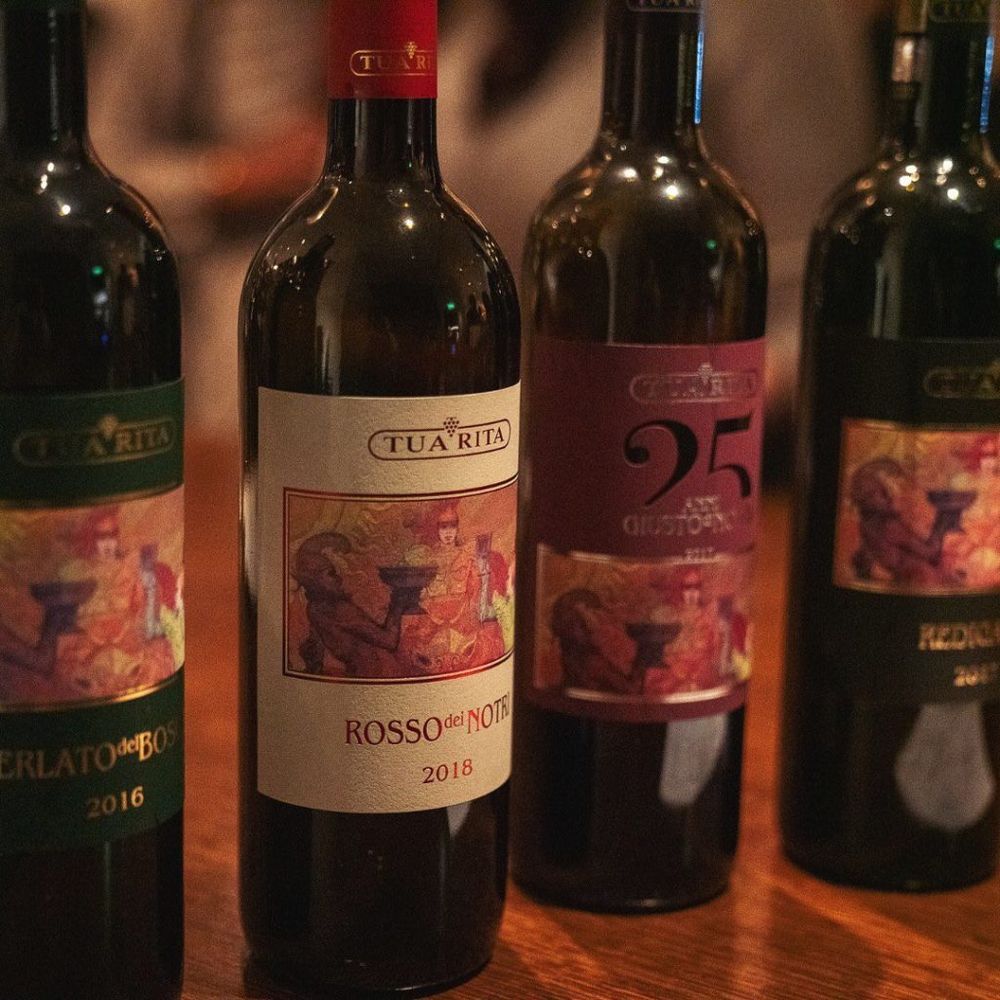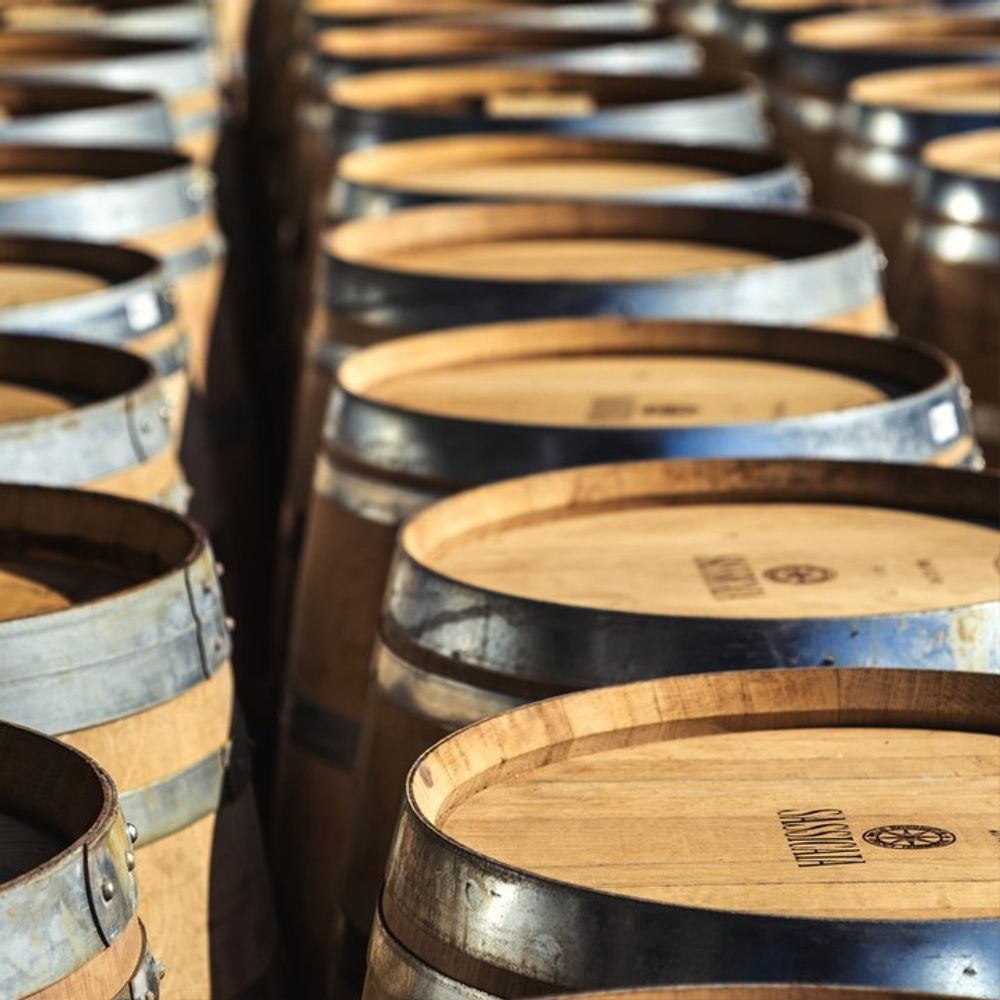The fresh Ligurian whites from Cantine Lunae in the Colli di Luni DOC were the talk of the tasting as in “Have you tried the…?”
Just what is it about the timing of the annual Armit Italy tasting? Last year it coincided with Walter Speller’s standing-room only Nebbiolo Day tasting down the road. This year, the good news was that Speller’s follow up event, Sangiovese Reset, was held the day before. The bad news was that the Coronavirus ban on northern Italy had just been imposed leading to several key producers including Musella, Punset and Querciabella having to pull out.
But at least Armit can be happy that their tasting wasn’t scheduled for a few days later, when the whole of Italy went into lockdown.

Armit’s new MD Brett Fleming admits he sees the tasting as a key moment for the company’s return to health after a few years where the focus has been on rationalising its portfolio. Now, he says, it is the time for stability and consolidation.
“My main focus right now is to move forward. We had IT problems, high staff turnover and not enough stability on the management side: we could have been OK with one of those problems but having them altogether was too much. I’ve had some really good meetings with suppliers. Our priority is to get the right representation for them, and reassure them we will stand by them, taking bad vintages as well as good. We have a more stable business now and we want to assure them we are here for them for the long term,” Fleming says.
Fleming was a winemaker in a previous life before he jumped the fence and joined management, something he says was definitely the right move.
“I probably didn’t have the patience to be a really good winemaker but one thing I am sure about: I have a very good palate.”

Armit managing director Brett Fleming
Keen to put my own palate to work, I set about tasting Armit’s offerings. This is still, it must be said, an impressive range with stars including Tiefenbrunner from Alto Adige, a heavy Piedmont hand (Davide Fregonese, Fenocchio, Bruno Giacosa, Punset and Elio Grasso and Luca Roagna), Cantine Lunae from Liguria and some impressive Tuscans (Sesti, Tua Rita, Querciabella, Ornellaia, Fattorie Le Pupille, Tenuta San Guido and new Super Tuscan sign-up Michele Satta) alongside a reasonable smattering from points further south including most notably Pietradolce from Etna in Sicily.
There are also some gaps, it must be said, which I’m pretty sure Armit’s on-trade clients in particular would be delighted to see filled including Franciacorta – no shortage of good producers looking for a UK importer – and Friuli, where some of Italy’s most exciting whites are currently being made. Hopefully Fleming can put his palate to work here soon.

In the meantime, here are my picks of the Armit Italian tasting
Tiefenbrunner, Feldmarschall von Fenner 2017
This iconic Muller-Thurgau seems to be get better with every vintage. At 1000m this comes from the highest Muller-Thurgau vineyard in the world and spends time in both stainless steel and large wood barrels before release. Lovely acidity and balance. Less than 2000 bottles of this vintage were made so get in there soon.
David Fregonese, Barolo Cerretta 2015 and Barolo Prapo 2015
These two wines (just 6000 bottles of each made in this second vintage) have been a huge hit with Armit’s private clients and you can see why: the Ceretta is made with grapes grown in clay soil, the Prapo in limestone giving a wonderful opportunity to see the differences that soil types convey to a wine especially as winemaker Davide Rosso follows identical winemaking techniques for each. Surely a classic in the making.
This historic producer – around since 1840 – makes so many wines it is hard to believe total volume is only around 100,000 bottles. Of the many on offer here I guess I would highlight the NV Anima Arancio Arneis (Orange Soul), which as you might guess is an orange wines made from Roero Arneis. Different, but in a good way, the wine is made with six months skin contact before spending nine months in oak. The 2013 Barolo Riserva Busia 90 Days is very young – at start of what will be a long life – but already has incredible concentration and power.
These fresh Ligurian whites from the Colli di Luni DOC were the talk of the tasting (as in “Have you tried the…”). I did and I liked all three, especially the unusual, creamy Albarola 2018, a great take on this famed Ligurian variety, grown across the region and especially in the Cinqueterre, and the 2018 Etichetta Nera, a Vermintino that spends 48 hours on the skin before going into stainless steel. Joyful and appealing wines.
I’ll come clean and admit I didn’t warm to this Super Tuscan range, new to Armit’s list, finding many of them too heavy and Bolgheri generic. However the entry level Bolgheri Rosso 2018 – comprising 30% Syrah, 35% Cab Sav and 20% Merlot – was very appealing, fruit driven and giving a good idea of Satta’s terroir and winemaking approach.
This great Etna producer was offering no fewer than nine wines to taste and not one dud amongst them. Of the single vineyard wines the 2016 Contrada Rampante Etna Rosso from Etna’s steep northern slope was my favourite, alongside the Vigna Barbagali Etna Rosso 2015, made from pre-phyloxera vines almost 900m up. Delicious already and destined to get better still.
I would have loved to be able to recommend one of this iconic Barolo producer’s single vineyard wines but alas, the sample bottle/s were all empty by 2.30pm. So I will just settle for a generic recommendation.
When I arrived at the table, a single bottle of the Sassicaia 2017 gazed at me reproachfully, empty except for the lingering sense of what might have been.

Prioritising off-trade moving forwards
Going forward, Fleming says his priority is to boost Armit’s profitability with the Italian range (for which the importer has always been known) obviously playing a key role in that. As well as the on-trade, he will be looking to prioritise the private client and off-trade side of the business, saying he sees opportunities for some of Armit’s premium producers.
“We’re currently at around £20m turnover whilst a lot of our competitors – Liberty, Berkmann, BBR – are much bigger than that, some many times so. I hope we can get this business towards £30m over the next few years. I also say that our EBITDA this year will be encouraging. We are moving forward.”
Certainly with the producers in the Armit portfolio some of the best known in Italy’s wine industry, Fleming has a good foundation on which to build and also the opportunity to help restore confidence once the Coronavirus shadow has finally passed.









































